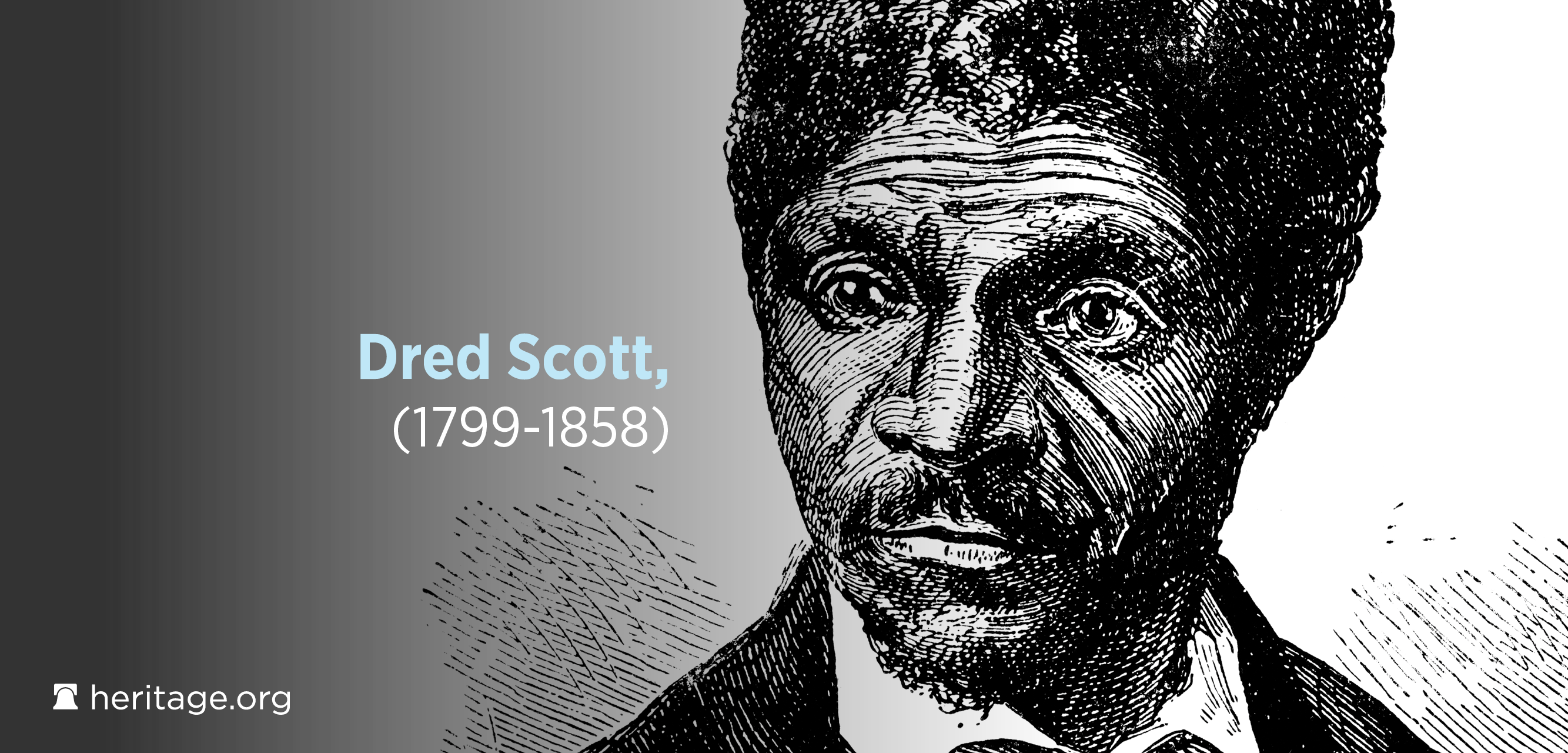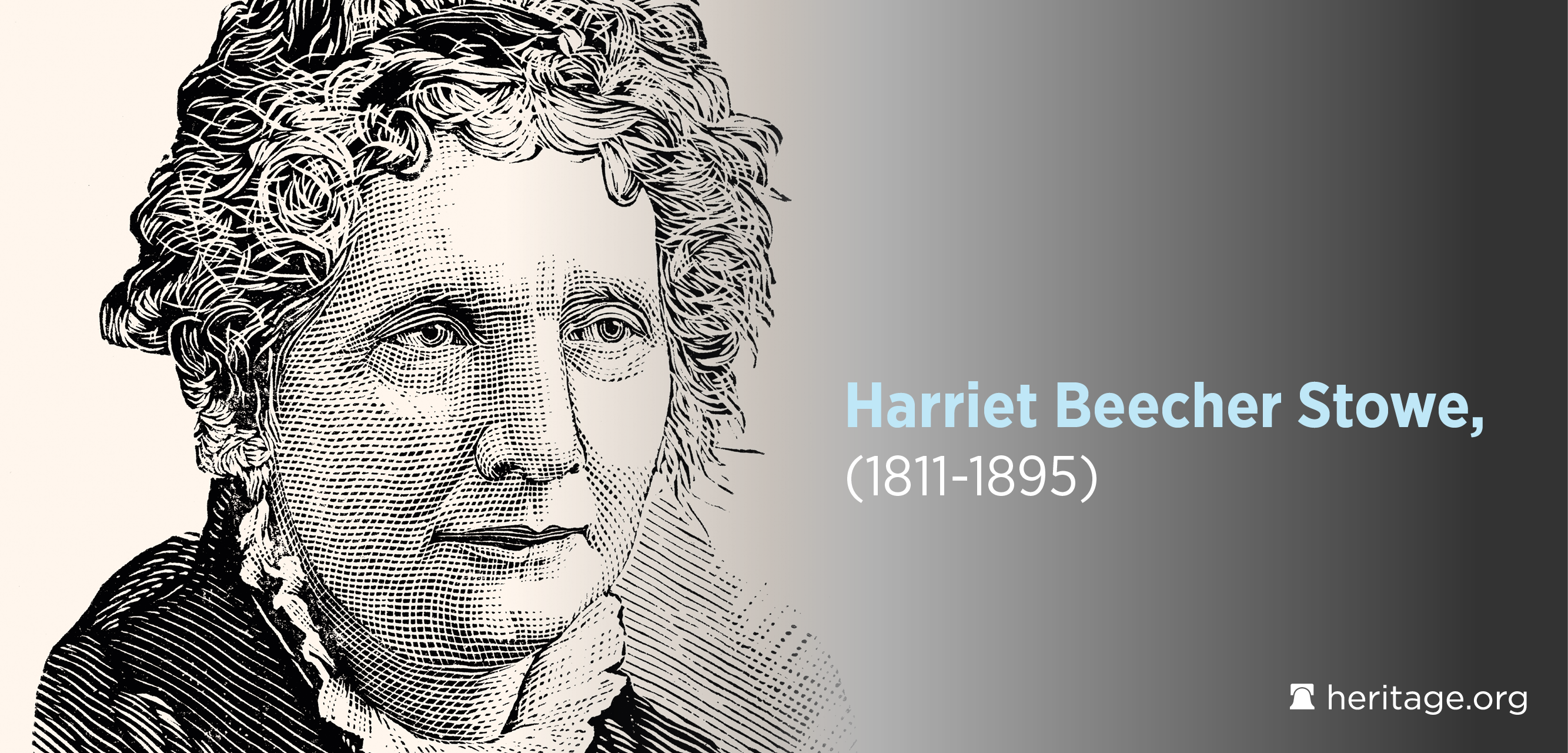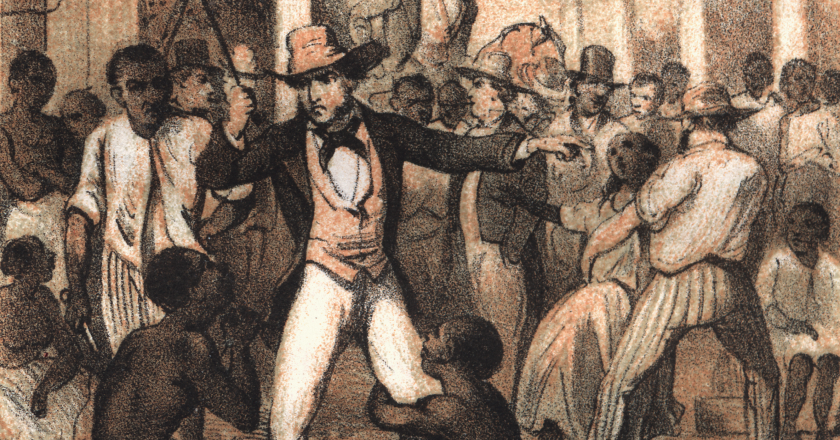“I do not regard the Negro as my equal, and positively deny that he is my brother, or any kin to me whatever.”34 —Stephen A. Douglas
What would a truly pro-slavery constitution look like? We don’t have to guess. Ardent defenders of slavery wrote just such a constitution for the breakaway Confederate States of America.
Alexander Stephens, Vice President of the Confederate States of America, explained one of the most fundamental differences between the two constitutions in an 1861 speech:
The prevailing ideas entertained by [Thomas Jefferson] and most of the leading statesmen at the time of the formation of the old constitution, were that the enslavement of the African was in violation of the laws of nature; that it was wrong in principle, socially, morally, and politically…. Those ideas, however, were fundamentally wrong. They rested upon the assumption of the equality of races. This was an error….
Our new government is founded upon exactly the opposite idea; its foundations are laid, its corner-stone rests, upon the great truth that the negro is not equal to the white man; that slavery subordination to the superior race is his natural and normal condition. This, our new government, is the first, in the history of the world, based upon this great physical, philosophical, and moral truth.35
Many of slavery’s defenders shared Stephens’ view and rejected the U.S. Constitution precisely because they knew its principles were incompatible with slavery.
Of course, this view could never be squared with the Constitution and the Declaration that it framed. That is why the Confederacy had to draft a new constitution.
Dred Scott and Harriet Beecher Stowe
INSPIRING THE FIGHT FOR EQUALITY

Dred Scott (1799 - 1858) was a slave whose owner took him from Missouri to the free territory of Wisconsin. He sued for his freedom claiming that he had automatically been freed when he arrived in Wisconsin. In one of the most infamous decisions in Supreme Court history, Chief Justice Roger Taney ignored the plain text of the Constitution, rejected the idea that all men are created equal, and held that black people are not included when the Constitution says “citizens.” He repeated the arguments made by slavery’s defenders that black people were meant to be ruled by whites and had “no rights which the white man was bound to respect.”36
Taney’s decision enraged people in free states and inspired more people to join the abolitionist movement and the newly founded, anti-slavery Republican Party. The party’s presidential candidate, Abraham Lincoln, made opposition to the Supreme Court’s decision a core of his platform. His election as President was the last straw for the slave states, sparking their secession and the Civil War.

Harriet Beecher Stowe (1811 - 1896) was first described by Abraham Lincoln as “the little woman who wrote the book that started this great war.” Stowe’s book was Uncle Tom’s Cabin, and it inspired the country’s conscience and commitment to equality. The novel told the story of Uncle Tom, a man who lived in slavery but, through his unfaltering witness to Christian love, charity, and sacrifice, embodied true freedom. Stowe’s story showed the people a terrifying image of what slavery was doing not only to slaves, but to the nation’s soul. It also showed the beauty of standing up for the principle that all men are created equal. It exposed the evils of slavery, but it also gave people hope and inspiration. Uncle Tom’s Cabin was the second-best-selling book of the century after the Bible, and together, those two books breathed fire into the abolitionist movement.
ENDNOTES:
34. Stephen A. Douglas, Lincoln–Douglas Debates, Aug. 21, 1858.
35. Alexander H. Stephens, Cornerstone Speech, Mar. 21, 1861.
36. Dred Scott v. Sandford, 60 U.S. 393, 407 (1856).
